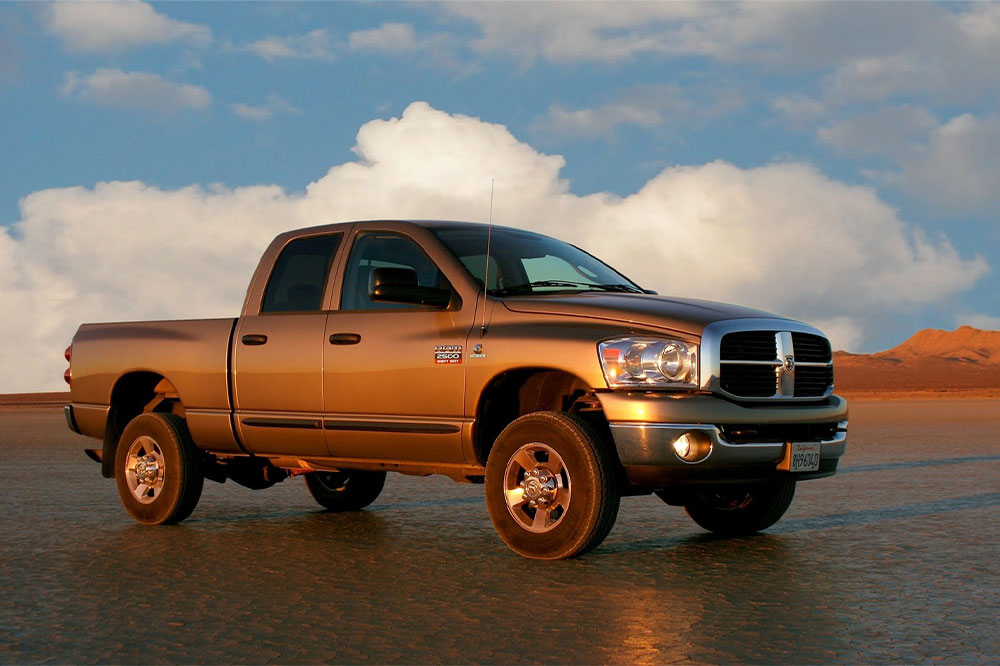Essential Tips for New Truck Drivers: Avoid These Top 5 Mistakes for Safe and Efficient Journeys
This comprehensive guide explores the top mistakes new truck drivers should avoid to ensure safety and efficiency on the road. Covering speed management, traffic sign awareness, trailer awareness, fuel planning, and preparedness, it offers essential tips for aspiring drivers to succeed in their trucking careers while minimizing risks and costs.

Top 5 Common Errors New Truck Drivers Must Avoid to Ensure Safety and Efficiency on the Road
Embarking on a career as a professional truck driver is both exciting and challenging. Driving across the country to deliver vital goods such as electronics, apparel, construction materials, and more plays a crucial role in supporting the economy and everyday life. However, for newcomers, the learning curve can be steep, and certain mistakes can lead to serious safety hazards, costly damages, or legal issues. To help novice drivers succeed, this comprehensive guide highlights the top five mistakes that new truck drivers should be vigilant about to ensure safe, smooth, and efficient journeys.
Pushing Speeds Beyond Safe Limits
One of the most dangerous errors rookie drivers make is exceeding safe speed limits, especially considering the heavy load they carry. Federal and state regulations permit a maximum of 20,000 pounds on a single axle and 34,000 pounds on tandem axles, resulting in significant weight distribution on the wheels. Speeding increases the risk of losing control, especially when driving downhill or on curvy roads. Maintaining a manageable and consistent speed is vital, as rushing can compromise braking capacity and vehicle stability. Always adhere to posted speed limits, and exercise extra caution on descents by downshifting and reducing speed gradually. Patience and restraint prevent accidents, reduce wear and tear on the vehicle, and contribute to timely deliveries without incident. Remember, responsible driving not only ensures your safety but also protects other road users and cargo integrity.
Ignoring Traffic Signs and Road Markings
Traffic signs, signals, and markings are vital for safe navigation and compliance. Many rookie drivers may rely heavily on GPS or their intuition, but these tools do not replace the importance of observing real-world signage. Ignoring signs indicating changes in speed limits, upcoming construction zones, height and weight restrictions, or lane closures can lead to dangerous situations or violations of the law. For example, failing to notice a low-clearance sign may result in costly trailer damage. Always scan your environment carefully, stay alert to roadside indicators, and adapt your driving accordingly. Consistent attention to traffic signs fosters safer interactions with other vehicles and ensures compliance with regulations, especially in unfamiliar areas.
Underestimating the Length and Size of the Trailer
Understanding the true dimensions of your truck and trailer is crucial for maneuvering, especially when making turns, changing lanes, or parking. New drivers often overlook the extended length, width, and height, which can result in misjudgments and accidents. Take time to familiarize yourself with your equipment’s specifications, use mirrors effectively, and practice turning with awareness of your trailer’s reach. Proper trailer length awareness also reduces the risk of hitting roadside objects or vehicles during tight turns. Consider taking extra time during trips to double-check blind spots and ensure safe lane changes. Developing a good spatial understanding of your truck enhances safety and confidence on the road.
Improper Planning of Fuel Stops
Fuel management is a critical aspect of trucking logistics. Each gallon of diesel weighs approximately six pounds, adding weight to the vehicle which impacts fuel efficiency and legal weight limits. Inefficient planning, like fueling immediately before weigh-ins or neglecting to account for fuel weight, can cause overloading or delays. Strategically schedule fuel stops when the tank is about a quarter full, and plan ahead to avoid last-minute searches for fuel, especially in remote areas. Also, be aware of local regulations regarding fuel tank capacities and weight restrictions. Proper fuel planning helps optimize trip timing, reduces costs, and maintains compliance with safety standards. Always keep your fuel levels within safe limits to avoid unexpected weigh limit violations at scales.
Being Unprepared for Road and Driving Challenges
New truck drivers may lack confidence in handling complex driving maneuvers such as double clutching, precise mirror adjustments, executing sharp turns, or starting on steep inclines. Developing these skills requires practice, patience, and sometimes guidance from experienced drivers. Additionally, always carry a roadside assistance kit, emergency contacts, and ensure your communication devices are functional. Being prepared for breakdowns, tire flats, or accidents reduces stress and enhances safety. Before starting each trip, conduct a thorough vehicle inspection, including brakes, lights, and tires. Staying organized and prepared not only prevents delays but also ensures that you can handle unforeseen road challenges with confidence. Remember, ongoing learning and practice are key to becoming a skilled and responsible professional truck driver.




